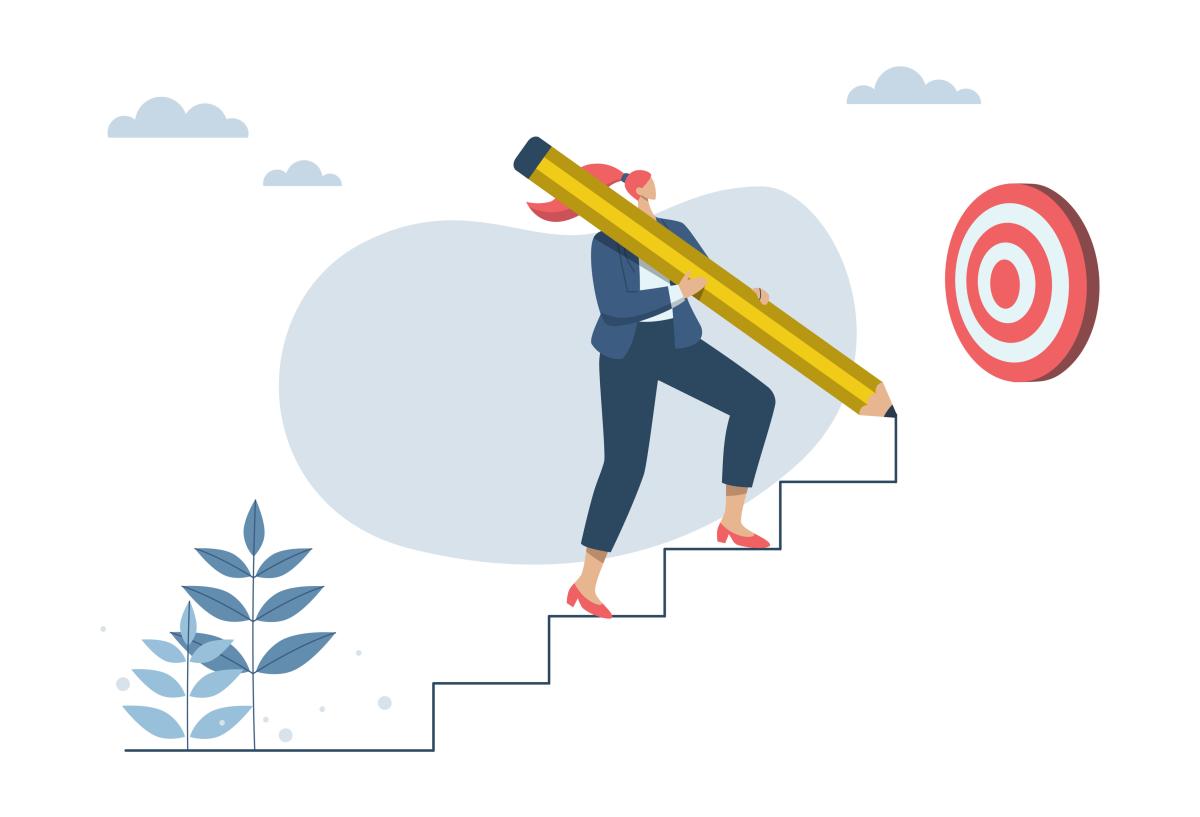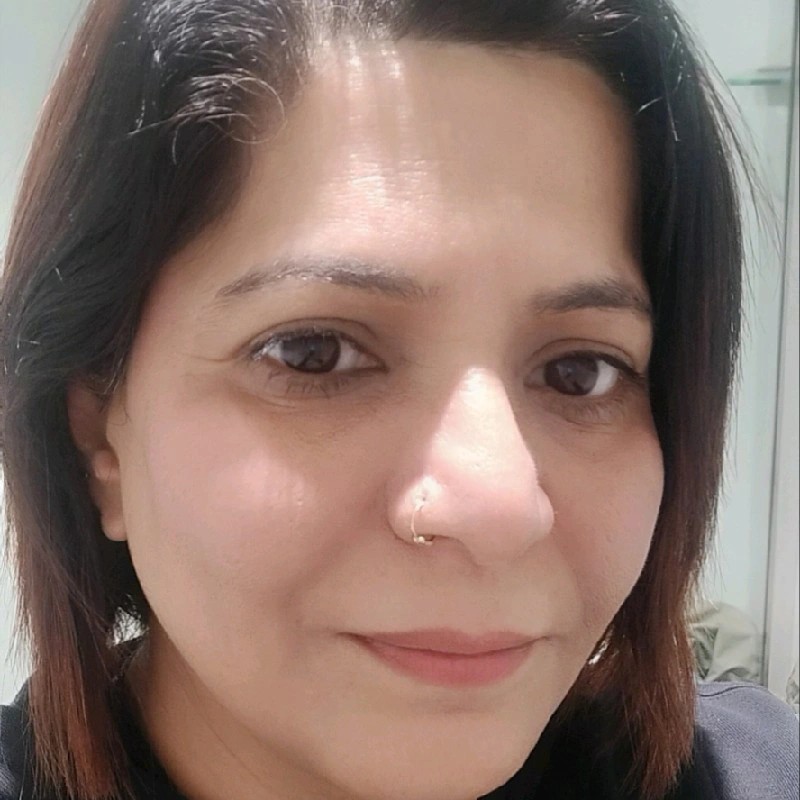...
How would you like to be a Guest Blogger for KMI? Email us at: info@kminstitute.org and let us know your topic(s)!
Why Knowledge Mapping is the First Step and Not the End Goal (Knowledge Mapping Part 3)
 Knowledge holds value when it can be turned into actionable insights, help you make smart decisions, or repurposed it to save time that might otherwise be spent in recreating data that already exists.
Knowledge holds value when it can be turned into actionable insights, help you make smart decisions, or repurposed it to save time that might otherwise be spent in recreating data that already exists.
Knowledge continuously evolves hence we need to continue to harvest, and review the knowledge to keep it relevant. The knowledge that can be acted upon is useful, and the framework that defines and streamlines the process to harvest, review, and make the knowledge available for the person who needs it to take action or decision is the knowledge management framework.
One of the key components of knowledge mapping and a key first step is knowledge mapping. The context of knowledge mapping differs from organization to organization depending upon their goals, and requirements. Knowledge mapping is a key entity for any service line or offering. It helps the stakeholders understand where the current knowledge resides, the key knowledge owners, gaps versus requirements, and how to establish the flow of knowledge from owners to the seeker while overcoming the gaps, and challenges.
It is a visual representation of knowledge flow in a team, project, or service line to identify:
- Knowledge sources both tacit and explicit
- Knowledge gaps
- Knowledge gap impact and areas at risk due to knowledge gaps
Here are simple steps to build your knowledge map.
- Establish the objective – what we want to achieve through this exercise, your targeted goals, business outcome, and key stakeholders.
- Identify an area of concern and key sources – Once you have zeroed down the team or project, you want to start with, identifying the key skills or knowledge required for employees to perform their tasks, their current skill levels and gaps as well as current knowledge residing in your organization to help employees upskill.
- Connect the dots – Once you identify your knowledge sources and map them against the existing skill set, it is easy to identify the gaps and areas of concern.
Also, as we discussed knowledge mapping is just the starting point and not the end goal as it provides a visual goal of where knowledge resides, the current state of knowledge, and the gaps, and obstacles in the flow or use of knowledge which can then help you define your knowledge strategy to achieve efficiency and intended outcome.
 Ekta Sachania has over 15 years of experience in learning and talent development disciplines, including knowledge management, content management, and learning & collaboration with expertise in content harvesting, practice enablement, metrics analysis, site management, collaboration activities, communications strategy and market trends analysis. Demonstrated success in managing multiple stakeholder expectations across time zones and exhibiting good project management skills, by successfully developing and deploying projects for large audiences. Ability to adapt and work in emerging areas with fast-shifting priorities. Connect with Ekta at LinkedIn...
Ekta Sachania has over 15 years of experience in learning and talent development disciplines, including knowledge management, content management, and learning & collaboration with expertise in content harvesting, practice enablement, metrics analysis, site management, collaboration activities, communications strategy and market trends analysis. Demonstrated success in managing multiple stakeholder expectations across time zones and exhibiting good project management skills, by successfully developing and deploying projects for large audiences. Ability to adapt and work in emerging areas with fast-shifting priorities. Connect with Ekta at LinkedIn...
Other Featured Blogs by Ekta:
Archives
- July 2024 (3)
- June 2024 (4)
- May 2024 (7)
- April 2024 (5)
- March 2024 (4)
- February 2024 (4)
- January 2024 (3)
- December 2023 (2)
- November 2023 (2)
- October 2023 (3)
Pages
RECENT POSTS
...












 ...
...
